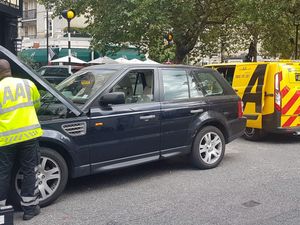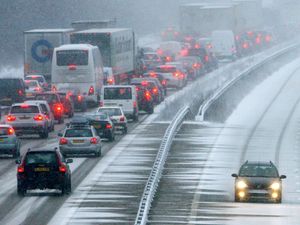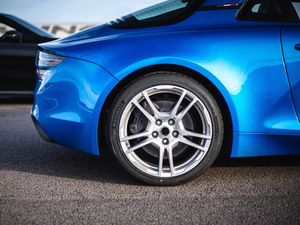What should I do in the event of a breakdown?
There are some tips and tricks to bear in mind if you have a mechanical issue at the roadside.

While it isn’t nice to think about, mechanical issues do happen and breakdowns can quickly upset your travel plans. They always seem to arise when you’re most reliant on your car, too, or during periods when you really need to be somewhere on time.
But breakdowns do occur and having a plan in place should the worst happen can make a big difference. Here, we’re going to take a look through some of the tips and tricks to remember so that you can be prepared should you suffer a breakdown at the roadside.
Pack an emergency kit
It’s nice to think that a breakdown will never occur, but planning for the worst can sometimes put you in good stead. There’s no need to go overboard, but packing a small selection of items could really help if you get caught at the roadside – particularly during winter.
You might want to consider packing a lightweight waterproof, a jumper and some snacks. Plus, a charged-up power bank could prove ideal if you need to top up your phone if you’ve broken down. Many motoring retailers sell specific breakdown packs, too, which include high-vis jackets and other emergency equipment which could prove very handy.
Stay calm
One of the worst things you can do if you notice mechanical issues arising with your car is panic. Staying level-headed in this instance can help you to think more clearly and make more rational decisions.
Try to assess the situation and look for available exits or pullover points. Try to resist the urge to brake too much, either, as if your car is losing power you’ll need as much momentum as possible to roll to a safe place.
Move your car to the roadside

>
If you’ve noticed that your car is breaking down, then try to calmly and safely move over to the left and off the road. If you’re on a single-lane road then we’d be looking out for a stopping place or smaller road to exit and if you’re on a dual-carriageway, then you might need to drive into the hard shoulder.
If you’re on a regular motorway, then look for your nearest exit or service station to pull over into. If this isn’t possible, then move over to the hard shoulder and stop your vehicle as far to the left as you’re able. You – and any other passengers in the car – should then exit the car using the left-hand doors and get behind the barrier, moving as far away from the moving traffic as you’re able to.
The rules for smart motorways are slightly different. You should still move to the left, but you should start looking for one of the emergency stopover areas which are spaced between 500 and 1,500 metres apart. They’ve got emergency phones located at them to help, too.
However, if you can’t make it to one of these emergency refuge areas and you need to stop in a live lane, the official guidance is to activate your hazards right away. If you’re in a moving lane then remain in your vehicle but, if you’re able to, get out of the vehicle and stand behind the barriers on the left-hand side of the highway. Call 999 immediately and the emergency services will be in touch to help you out.
What do I do if I break down at night?
Much of the advice in this area stays the same. You should remain calm, move to the left-hand side of the road you’re on and attempt to exit the vehicle – when safe – to get behind a barrier. However, at night it’s recommended to put on lighter-coloured clothing – or high-vis equipment if you have it – to try and make yourself more visible to other road users.
Make sure your hazards are activated to ensure maximum visibility, too.
Should I put out my car’s warning triangle?

>
That depends on where you’ve broken down. If you’re on a regular single-lane road, then you should place your car’s warning triangle around 60 paces behind your car. That’ll allow other road users enough time to react to your car.
However, do not attempt to use your car’s warning triangle when you’re on the motorway – smart or otherwise.
Can I leave my car where it is when I’ve broken down?
Not really. If you leave your car where it is, you could be liable to fines or other penalties. You’ll need to organise a breakdown or recovery service to take your vehicle back home instead.
However, if you’ve broken down on a driveway at home or on other private land, then you can leave it there while you arrange for repairs. If you aren’t the landowner, then it’s worth getting permission to leave your car on a particular plot of land before you do so.





